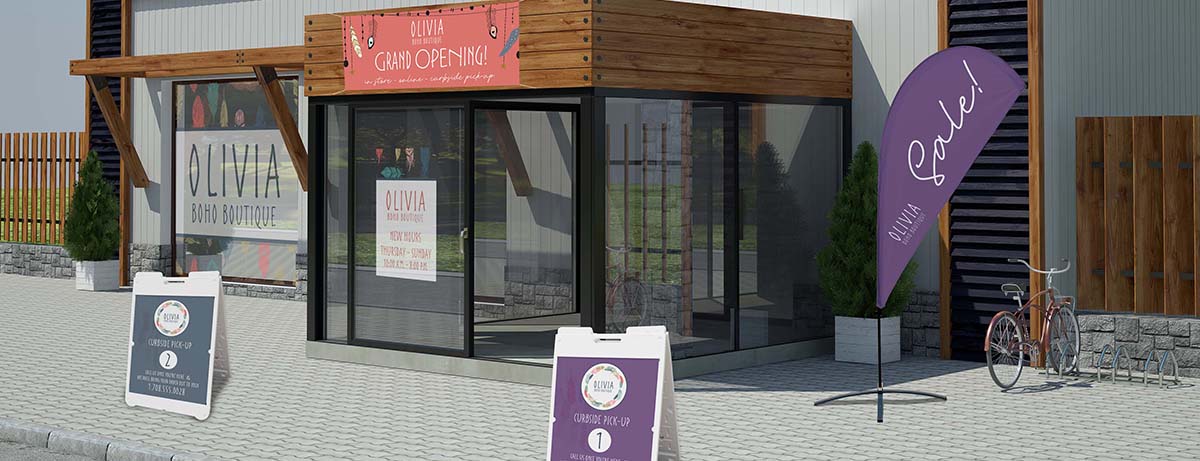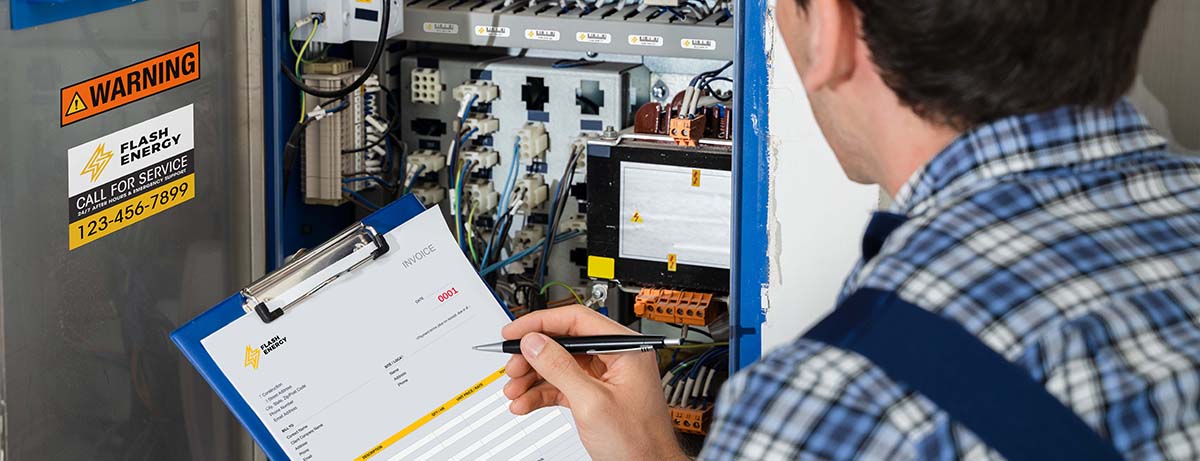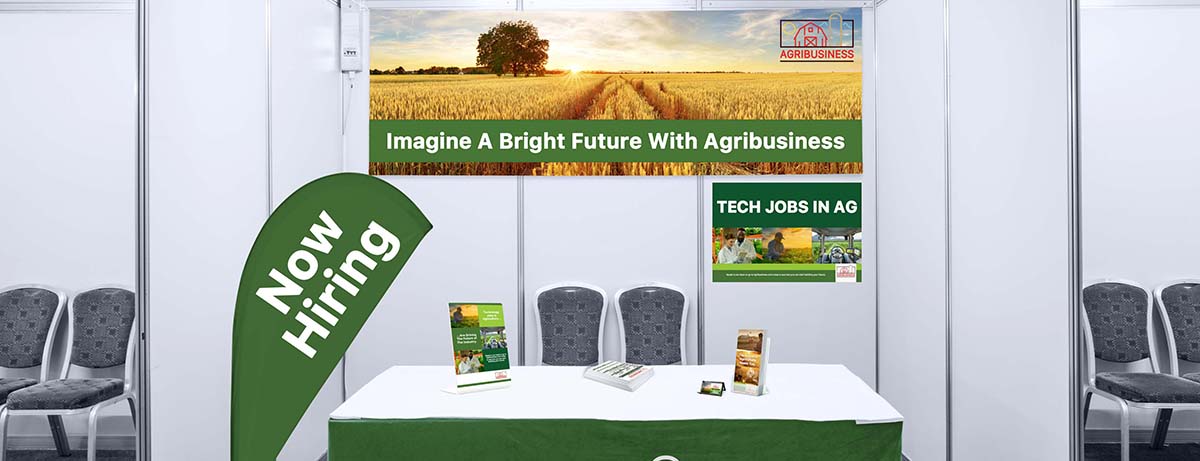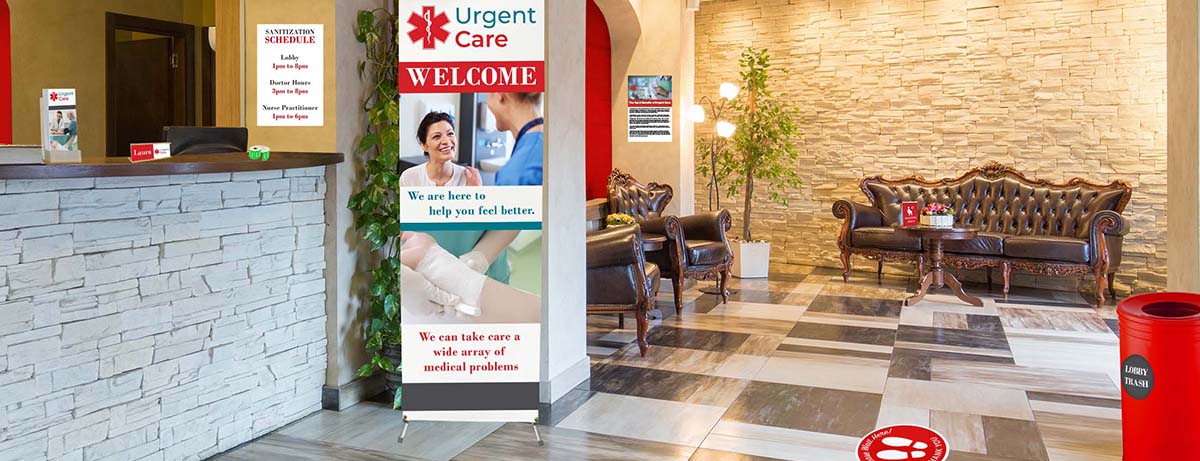How Print Helps Retailers Attract Consumers and the Staff to Take Care of Them
The retail industry has had its share of ups and downs the past couple of years – from product shortages and increased costs, to an unprecedented labor shortage. Retailers have been forced to re-examine their systems and strategies that have been in place for years. Promoting repeat buyers and attracting new customers remains vital, yet retaining employees and bringing on new talent is more challenging than ever before. Today’s landscape is ushering in the need for more stable and more profitable paradigms in order for retail businesses to reset and re-emerge. Despite all the attention given to e-commerce, Forrester forecasts that 72% of retail sales in the U.S. will still take place in brick and mortar stores within the next two years. This presents tremendous amounts of opportunities for print sales in the areas of customer engagement and loyalty, talent recruitment and employee retention, as well as preparing for the holiday shopping seasons.
What are the major priorities?
The industry’s main concerns lead to a plethora of print solutions including how the labor shortage has forced many stores, especially smaller retailers, to close their doors or adjust the hours they’re open. Window decals and postcards are just a couple of ways to update and inform customers, and help manage expectations.
Consumers are expecting some of the newfound conveniences that emerged during the pandemic to remain — such as buying online and picking up in store (BOPUS), curbside pickup, and same day delivery — and retailers are determined to meet those expectations. Directional signage, direct mail campaigns and sandwich boards convey pertinent details consumers are looking for.
Boosting customer loyalty is more important than ever, especially as retailers deal with supply chain issues and product shortages. Amplifying brand awareness and communicating boldly with wall signs, table tents and floor decals draws consumer attention, and promotional giveaways like magnets keep brands top of mind.
Retaining valuable employees and recruiting new talent takes gestures of appreciation through branded gifts including apparel, drinkware, bags and totes. Retailers can drive efficiency with in-store essentials like pens, pre-inked stamps or daters, and full color or engraved name or ID badges that stylishly identify staff while reinforcing the brand.
What are the best sellers?
Some of the top products retailers are relying on this year include:
- Signage – interior and exterior signage draws attention, attracts customers, provides information and reinforces brand.
- Direct Mail – postcards are used heavily for retail promotions as well as for recruiting employees.
- Promotional Products – branded items are popular for promoting a brand and showing appreciation to hard-working employees.
- Marketing Materials – rack cards, sales sheets and booklets make great bag-stuffers.
- Brand Identity – business cards can do double-duty as loyalty cards, punch cards, coupons and thank-you cards.
- Packaging – shelf disrupting designs and functional packages support the intended brand message and attract attention while keeping products safe and improving customer experience.
Ho-ho-holiday promotions
Insider Intelligence and emarketer.com report that 2022 holiday retail sales are expected to increase 3.3% this year to $1.262 trillion dollars. We can also expect an earlier holiday shopping season this year as savvy customers scope out the best prices and get first dibs on the largest range of selections. Holiday catalogs, booklets and mini-catalogs are making a big comeback as retailers make every effort to get their products and promotions in front of consumers that are battling digital fatigue. You can also help retailers decorate and prepare for the holidays with examples and ideas to get shoppers in the holiday spirit with items like retractable banner stands and synthetic posters, as well as help them navigate the crowds with seasonal floor and wall decals. Gift cards and gift card holders are perfect for gift giving, and themed gift wrap, stickers and hang tags add value and put the finishing touch on holiday purchases.
Resources to help you grow your sales
Retail has long been an industry that buys a lot of print products, and the current landscape continues to produce ample opportunities for sales. We are here to help you grow your sales in this prolific market. Our retail industry dollop and retail flyer are loaded with information to help you formulate ideas and catapult your sales.






































 The start of a new year brings new opportunities. It’s the perfect time to make changes – and one change your customers should consider is upgrading their business cards. A unique business card reflecting a company’s personality can really stand out in a stack of generic cards.
The start of a new year brings new opportunities. It’s the perfect time to make changes – and one change your customers should consider is upgrading their business cards. A unique business card reflecting a company’s personality can really stand out in a stack of generic cards.